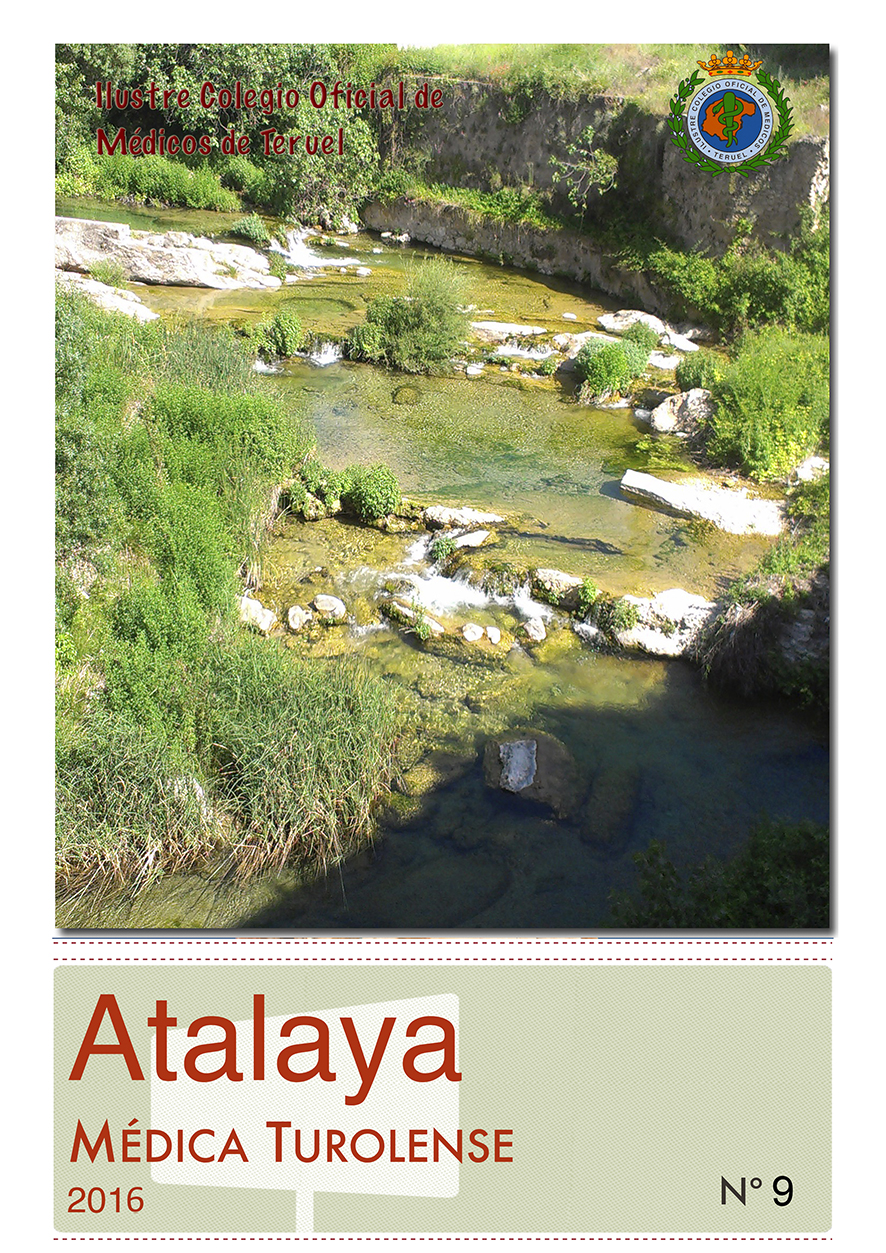FORAMEN OVAL PERMEABLE, UNA PATOLOGÍA A TENER EN CUENTA
Palabras clave:
nota clínica, foramen oval permeable, infarto cerebral criptogénico, tratamientoResumen
El foramen oval permeable es un hallazgo común con una prevalencia del 25%. Existen ciertos cuadros clínicos como el síndrome platipnea-ortodesoxia, la embolia gaseosa en buceadores y accidentes cerebrovasculares isquémicos en pacientes sin factores de riesgo cardiovascular, que deben hacernos sospechar como posible causa la presencia de foramen oval permeable.
En cuanto a la opción terapéutica, la literatura no muestra diferencias significativas, no determinando la superioridad del cierre percutáneo respecto al tratamiento médico (antiagregante/anticoagulante). Se presenta a continuación el caso de un paciente joven de 22 años con accidente cerebrovascular criptogénico cuya etiología se atribuye a hallazgo de foramen oval permeable (FOP).
Referencias
1. Sacco RL, Ellenberg JH, Mohr JP, Tatemichi TK, Hier DB, Price TR, et al. Infarcts of undetermined cause: the NINCDS Stroke Data Bank. Ann Neurol. 1989;25:382-90.
2. Lechat P, Mas JL, Lascault G, Loron P, Theard M, Klimczac M, et al. Prevalence of patent foramen ovale in patients with stroke. N Engl J Med. 1988;318:1148-52.
3. Di Tullio M, Sacco RL, Gopal A, Mohr JP, Homma S. Patent foramen ovale as a risk factor for cryptogenic stroke. Ann Intern Med. 1992;117:461-5.
4. Di Tullio MR, Sacco RL, Sciacca RR, Jin Z, Homma S. Patent foramen ovale and the risk of ischemic stroke in a multiethnic population. J Am Coll Cardiol. 2007;49:797-802.
5. Homma S, Sacco RL, Di Tullio MR, Sciacca RR, Mohr JP. Effect of medical treatment in stroke patients with patent foramen ovale: patent foramen ovale in Cryptogenic Stroke Study. Circulation. 2002;105:2625-31.
6. De Castro S, Cartoni D, Fiorelli M, Rasura M, Anzini A, Zanette EM, et al. Morphological and functional characteristics of patent foramen ovale and their embolic implications. Stroke. 2000;31:2407-13.
7. Belkin RN, Pollack BD, Ruggiero ML, Alas LL, Tani U. Comparison of transesophageal and transthoracic echocardiography with contrast and color flow Doppler in the detection of patent foramen ovale. Am Heart J. 1994;128:520-5.
8. Mas JL, Derumeaux G, Amarenco P, Arquizan C, Aubry P, Barthelet M, Bertrand B, Brochet E, Cabanes L, Donal E, Dubois-Randé JL, Durand-Zaleski I, Ernande L, Finet G, Fraisse A, Giroud M, Guérin P, Habib G, Juliard JM, Leys D, Lièvre M, Lusson JR, Marcon F, Michel P, Moulin T, Mounier-Vehier F, Pierard L, Piot C, Rey C, Rodier G, Roudaut R, Schleich JM, Teiger E, Turc G, Vuillier F, Weimar C, Woimant F, Chatellier G. CLOSE: Closure of patent foramen ovale, oral anticoagulants or antiplatelet therapy to prevent stroke recurrence: Study design. Int J Stroke. 2016 Apr 7. pii: 1747493016643551.
9. Dowson A, Mullen MJ, Peatfield R, Muir K, Khan AA, Wells C, et al. Migraine Intervention With STARFlex Technology (MIST) trial: a prospective, multi-center, double-blind, sham-controlled trial to evaluate the effectiveness of patent foramen ovale closure with STARFlex septal repair implant to resolve refractory migraine headache. Circulation. 2008;117:1397-404.
10. Guerin P, Lambert V, Godart F, Legendre A, Petit J, Bourlon F, et al. Transcatheter closure of patent foramen ovale in patients with platypnea-orthodeoxia: results of a Multi-centric French Registry. Cardiovasc Intervent Radiol. 2005;28:164-8.


